The Burmese Monk and the Muscle Car
A dirt path snakes discretely through the manicured farmland of Ywa Thit village in Myanmar. Barely a speck on Google Maps, this quaint village is home to exactly seventy-eight inhabitants.
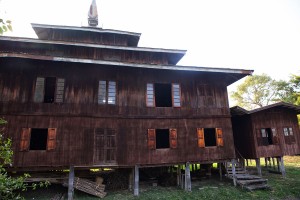 Perched at the end of the path, a teak monastery looms hauntingly over decayed wooden pilings. A spring breeze rustles nearby trees, carrying the earthy scent of damp wood. The monastery, with most of its shutters open, reveals a dark and quiet interior. The structure sits seemingly abandoned.
Perched at the end of the path, a teak monastery looms hauntingly over decayed wooden pilings. A spring breeze rustles nearby trees, carrying the earthy scent of damp wood. The monastery, with most of its shutters open, reveals a dark and quiet interior. The structure sits seemingly abandoned.
A lone figure appears from the dark void behind the window, revealing an elderly monk with flowing robes, a weathered face and tightly pursed lips. We take a step back, cynically anticipating a stern “Get off my lawn!” from such an imposing Mr. Wilson-like figure.
Instead, he smiles and motions. Come! Come!
Gestured inside, we’re greeted with a dimly lit and cavernous room enclosed by the same teak boards adorning the monastery exterior. Shards of sunlight, filtered by trees just outside, dance luminously across the floor.
Sitting cross-legged next to the monk, his robe folded neatly around his knees, he struggles in broken English, “Where you from?”
“We are from the United States. Near New York City. My name is Steve. This is my wife Joyce,” I enunciate slowly.
“Ah, yes. New York City. Big city! My name, Kon Da La. This is 120 year old Ywa Thit Monastery. I am head monk. You welcome here,” he warmly proclaims.
Kon Da La led the conversation, passionately walking us through the history of the monastery and once or twice stopping to smile and silently reflect on his role in the community.
Periodically, hard lines would return as the smile melted away from Kon Da La’s face. His gaze, fixated on some arbitrary point in space, signaled a deep complexity beneath the surface.
I wondered about this man’s past. What were his experiences in a country that had only recently emerged from military dictatorship, political repression and corruption? How did he fare in a society where monks, participating in an infamous peaceful protest known as the Saffron Revolution, were met with a brutal crackdown?
In the warmth of this monk’s home, I dared not intrude with any of this inquisitive darkness. Instead, Kon Da La steered the conversation into the unlikeliest of topics – his passion and love for old American muscle cars, a ubiquitous sight in Myanmar until the implementation of U.S. trade sanctions.
As Kon Da La described the beauty, flowing lines and guttural engine growl of the 1969 Chevrolet Camaro, I couldn’t help but bask in the serendipity of our chance meeting. A random escape from our travel plans led to the most profound and transformative type of travel experience – a genuine personal connection.
Author notes:
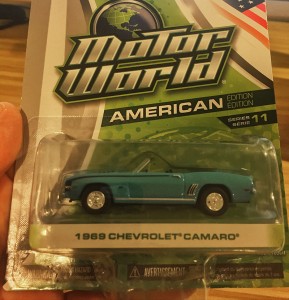 The Ywa Thit monastery has a physical mailing address. I’ve mailed Kon Da La a package with the photos shown here in this blog post. While I’m sure he’ll like the photos, I’m certain he’ll love his new 1969 Chevrolet Camaro.
The Ywa Thit monastery has a physical mailing address. I’ve mailed Kon Da La a package with the photos shown here in this blog post. While I’m sure he’ll like the photos, I’m certain he’ll love his new 1969 Chevrolet Camaro.


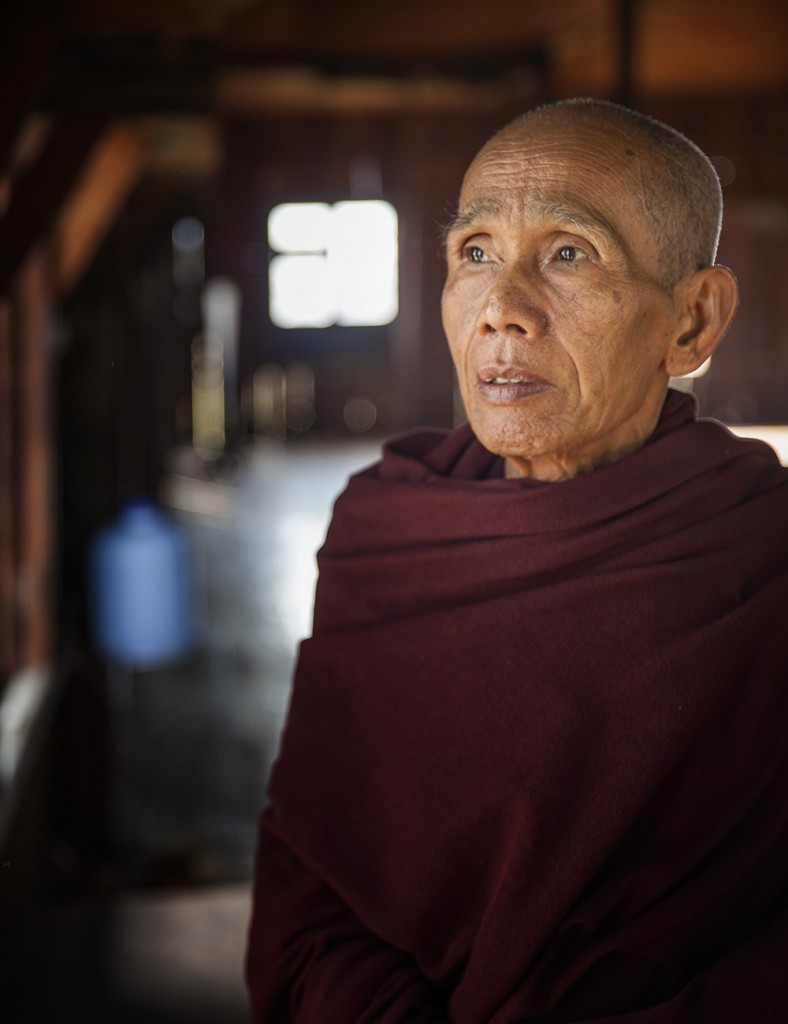
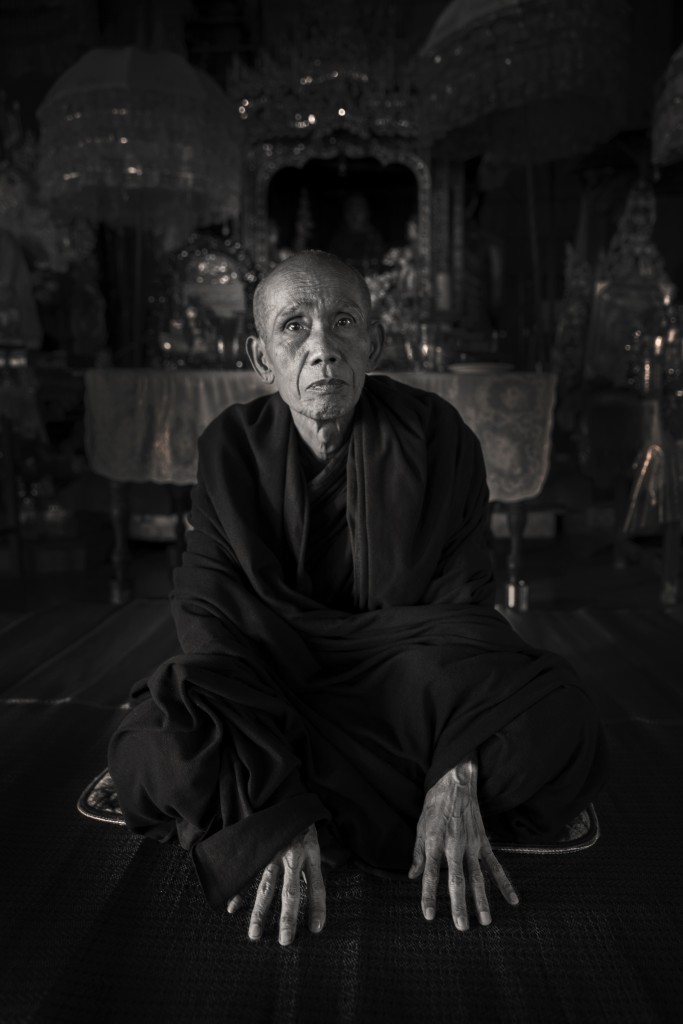
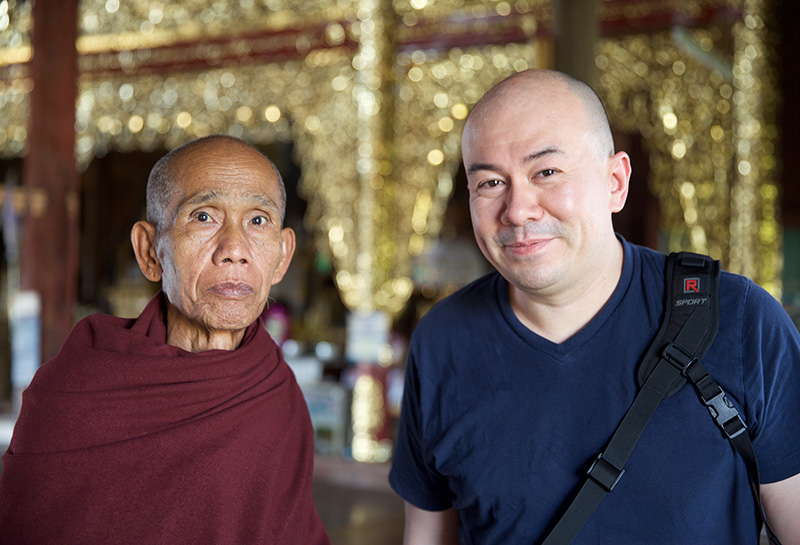
This is exactly what Lauren and I love and look for in our travels. Experiences like these – off the beaten path – can not be curated or had on a tour bus with 30 other members of a herd. You’ll never forget it and neither will he!